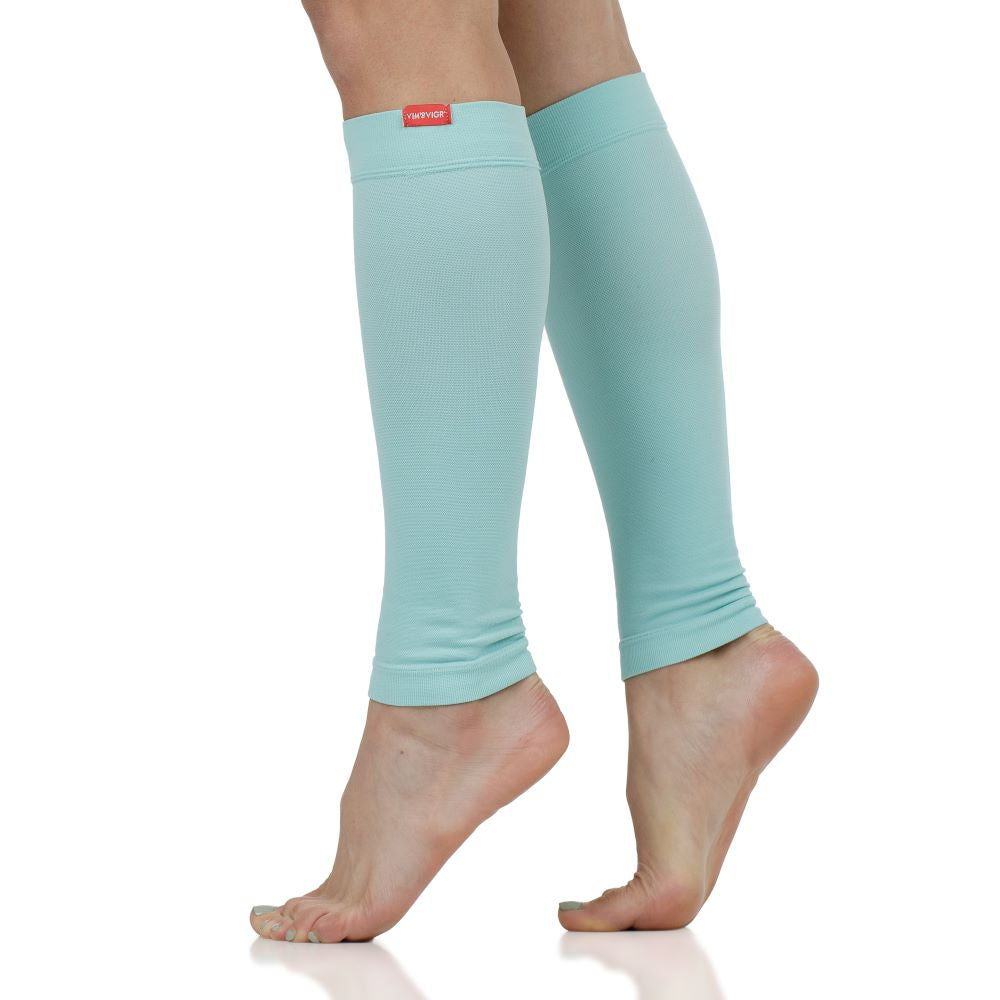Birth Control and Blood Clots: Can the Pill Cause Blood Clots?
Using the birth control pill as a contraceptive offers many advantages, but it’s important to understand how it could affect your health. Particularly with regards to blood clots, there are increased risks with certain pills. However, a number of other genetic and lifestyle factors also raise the risk of blood clots.
So, how does the birth control pill affect your chances of developing blood clots? How can you prevent these in general and what can you do every day to reduce your risk?
In this article, we look at:
- Understanding blood clots and the connection with birth control;
- What factors put you at risk of blood clots;
- How to reduce the risk;
- Warning signs you should look out for.
Can Birth Control Cause Blood Clots?
It’s a fact: using the contraceptive pill increases your risk of getting a blood clot. The national health governing body of the UK, the NHS, conducted a study that showed this. Using birth control pills of any kind almost tripled the risks.
However, information from Dr Hornacek and the Cleveland Clinic also points to the fact that, even without being on birth control, between one and five in every 10,000 young women will have a blood clot in any given year. Fortunately, these numbers suggest that the risk is quite low even if you were to triple that number (as per the NHS study).
In other words, yes, there is a risk of blood clots forming. However, this is relatively low and you can get blood clots even if you’re not on the pill.
Understanding Blood Clots
So, what are blood clots and what is the danger if you have one? A blood clot forms in the arteries or veins and is a semi-solid or gel-like mass. It is made up of blood cells mixed in with other substances.
When you’re bleeding, a clot helps control that. However, getting blood clots can cause issues linked to blood circulation. Complications related to blood clots include deep vein thrombosis, pulmonary embolisms, and even heart attacks.
The key cause of blood clots is when there is damage to the vessels. This is the body’s way of protecting you from bleeding too much. Imagine getting a cut - the blood clots to stop bleeding after a short while.
Unfortunately, blood clots also form for negative reasons. These include long-term immobility (such as when you’re bed-ridden after a surgery or when you’re ill), as well as many medical conditions, some genetic.

The Connection Between Hormonal Birth Control and Blood Clots
Birth control pills work by delivering a combination of hormones into the body, altering how it works in relation to pregnancy. The pill contains hormones that inhibit the body’s natural hormone production and activity. It stops you from ovulating and change the cervical mucus to make it difficult for sperm to go through to the cervix and find an egg.
Traditionally, higher levels of estrogen have been associated with higher risk of blood clots for women on birth control pills. More recently, the progesterone in the pills seems to be the issue according to this study. Additionally, studies have shown that there is a higher risk of developing blood clots while pregnant than there is while taking a contraceptive pill.
It’s important to understand that different pills impact your hormones differently. Your own medical history and genetic predispositions also impact the risk of blood clots. This is why you should discuss the risks with a doctor. For example, the FDA reports that more recently fabricated birth control pills that contain a man-made hormone present a higher risk of creating blood clots. This is why there is no simple answer around the connection between the pill and blood clot formation.
Factors That Increase Blood Clot Risk with Birth Control
Regardless of what contraceptive pill you’re on, there are certain factors that may increase the risk of developing blood clots. By controlling these, you reduce your exposure.
Age
As unfair as it sounds, people aged 65 or over are more prone to developing blood clots. Luckily, at that age, birth control requirements should be superseded by the menopause.
Smoking
If you smoke and take a birth control pill, you may be at higher risk of developing blood clots.
Obesity
The combined birth control pill (where a mix of estrogen and progestin is delivered into the body) has been linked to a higher risk of blood clots for obese women. A journal of the European Society of Cardiology published a study in 2022 showing that overweight women could have a 24-fold increased risk of venous thromboembolism by comparison to non-obese women.
Prolonged Immobility
Blood clots are more likely to develop when the circulatory system isn’t working normally. This includes an unusual position, such as sitting in a plane for hours on end without moving, or lying down for many days. Prolonged immobility causes the blood to pool in one place. When sitting, this could be around the ankles.
Medical History and Genetics
Finally, your own genetic heritage and medical history play a part in how likely you are to get a blood clot. A family history of blood clots could mean you’re more at risk. Similarly, hormone replacement therapy increases the risk, as do pregnancy, cancer treatment, a catheter placed in a large vein, or having varicose veins.

How to Reduce the Risk of Blood Clots with Birth Control
Going on the pill, even with a history of blood clots in your family or when you have a high risk based on the factors outlined above, doesn’t need to be stressful. You can reduce the risk of developing blood clots through a few steps.
Stay Active and Maintain a Healthy Lifestyle
An active, healthy lifestyle counteracts the risk factors for developing blood clots. By moving regularly and eating healthily, you’ll maintain a good weight for you, which reduces risks. Additionally, regular exercise supports a healthy cardiovascular system. This ensures blood flow is optimal.
Wear Compression Socks
Studies show that compression garments minimize the risk of developing blood clots after surgery. The benefits of wearing compression socks while flying have also been widely reported.

Thanks to applying more pressure around the ankles, slowly reducing it towards the knee, graduated compression socks stimulate blood flow in the lower legs. They help prevent blood and fluid from pooling there when you’re sitting or standing for a long time. When you’re immobile, a combination of compression and gentle massage also supports blood flow and reduces the risk of swelling, pain, and blood clots.
Regular Check-Ups and Monitoring
Especially when you have a medical history that points to a higher risk of blood clots, regular check-ups are very important. It is recommended to see a doctor for an annual global health check. You should also attend regular cancer screenings.
Recognizing the Warning Signs of Blood Clots
According to the CDC, as many as 100,000 people die of blood clots every year, so you’d be right to be concerned. If you’re worried about figuring out if you have one, here are some warning signs to look out for:
- Swelling, pain, and tenderness in the legs or arms;
- Skin going red;
- Throbbing sensation or cramping in the limbs;
- Sudden loss of breath;
- Sharp chest pain (could be because of a pulmonary embolism, getting worse when you breathe in);
- Coughing lots or coughing up blood.
If you have any of these symptoms, a family history associated with blood clots, or any concerns at all, you should speak to a medical professional right away.


















Leave a comment